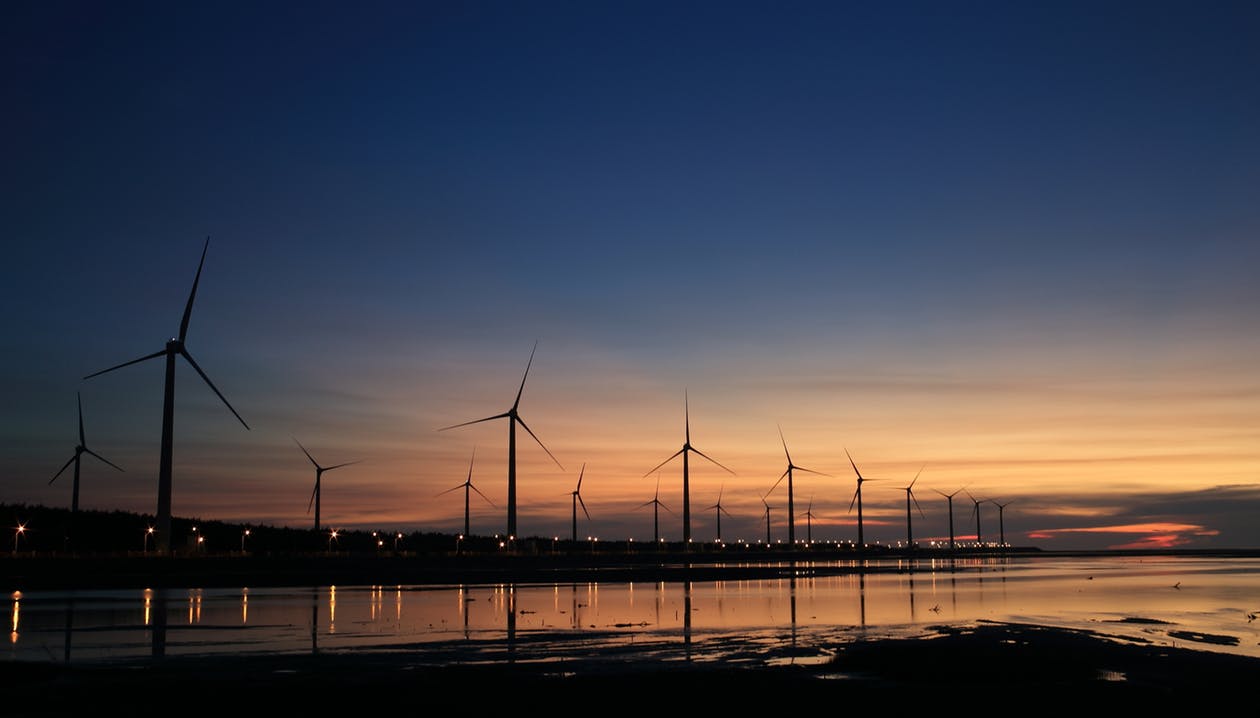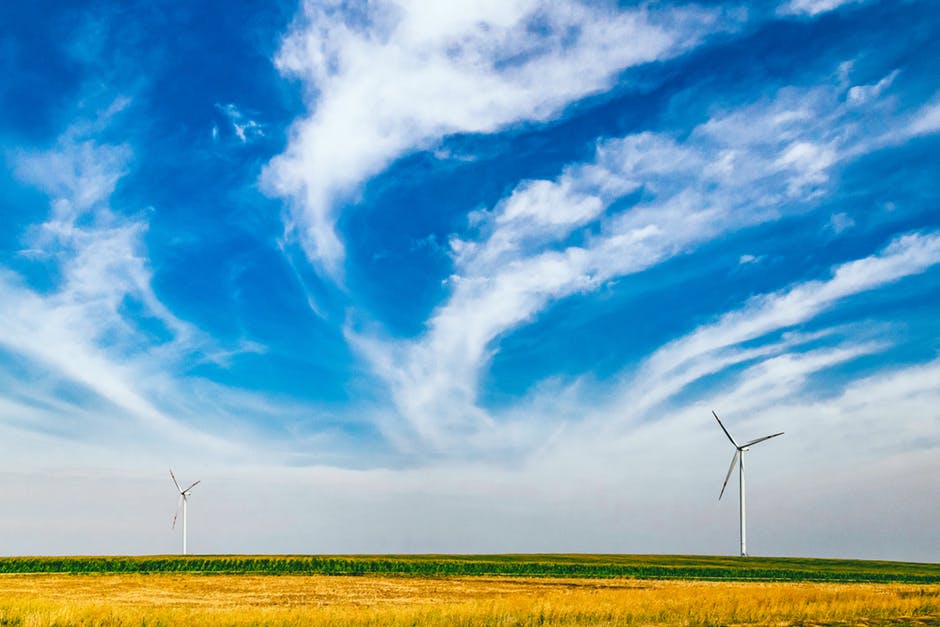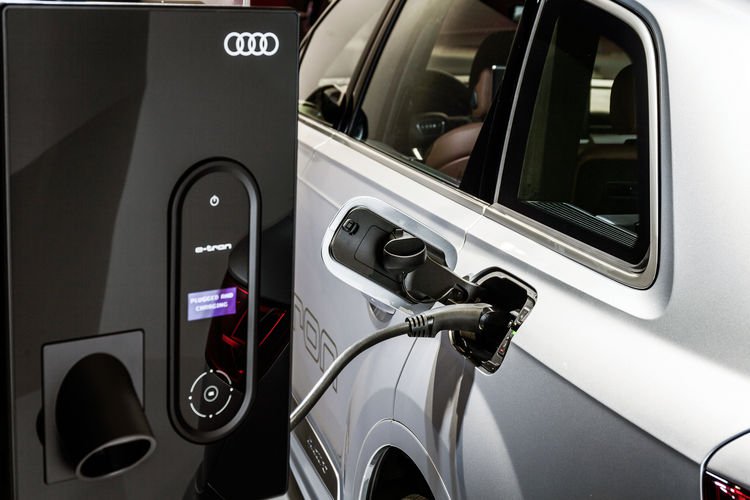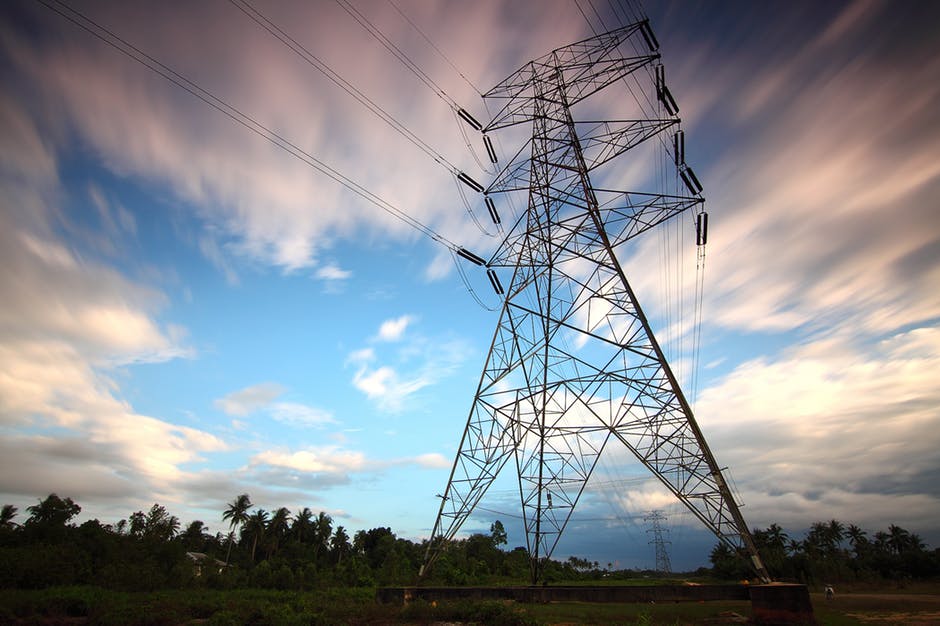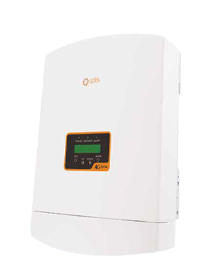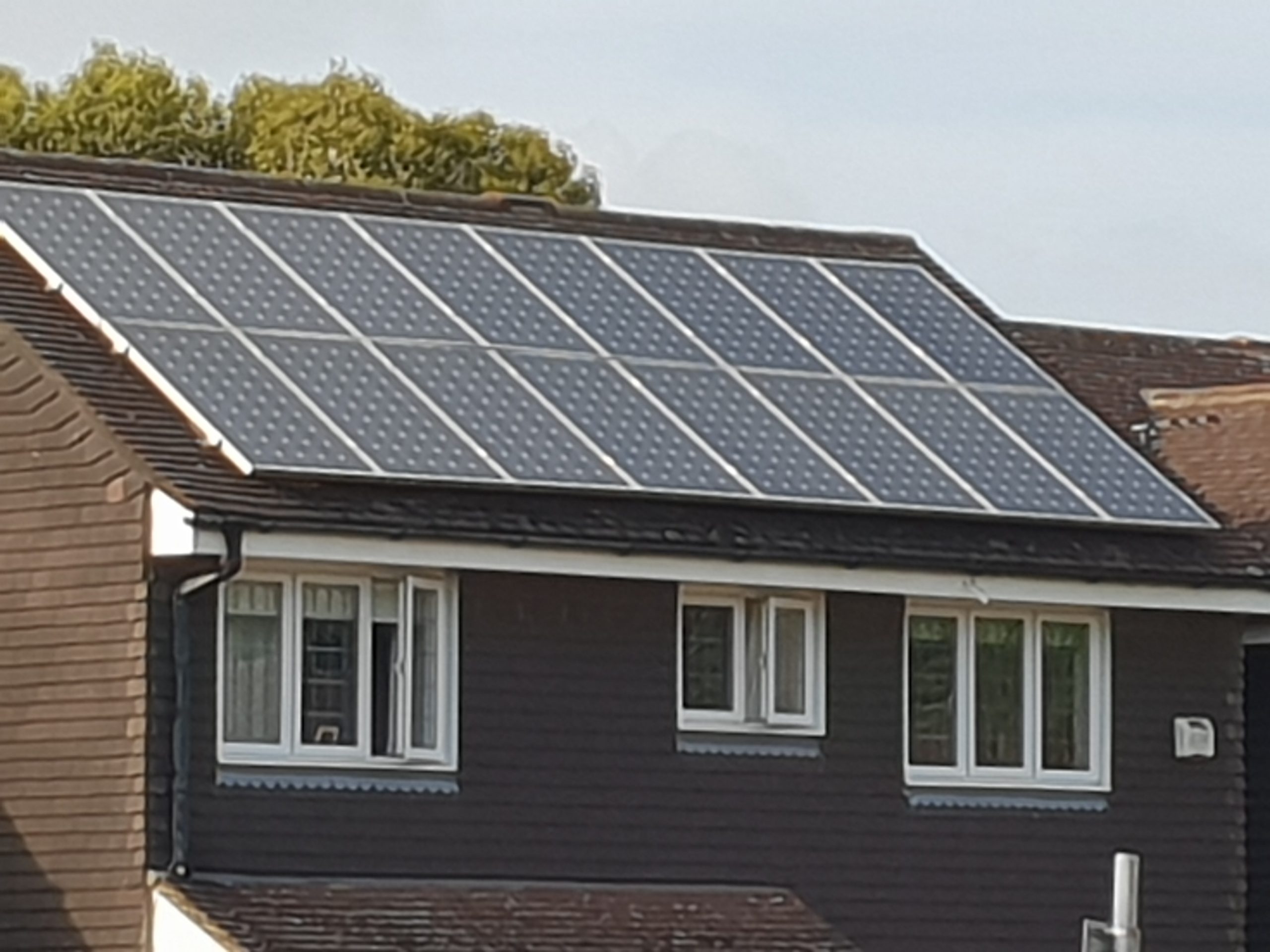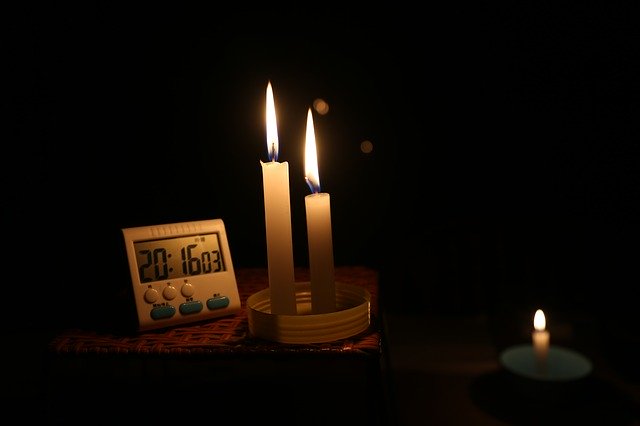The sleeping renewable giant: How the Celtic Sea could propel the UK’s net zero goals
The prowess of the UK’s offshore wind sector and how it has helped shape global developments, particularly with the international acclaim the nation’s work in the North Sea continues to gain, cannot be understated. Although many may look to the East coast of the UK to observe the renewable powerhouse being developed in the North



